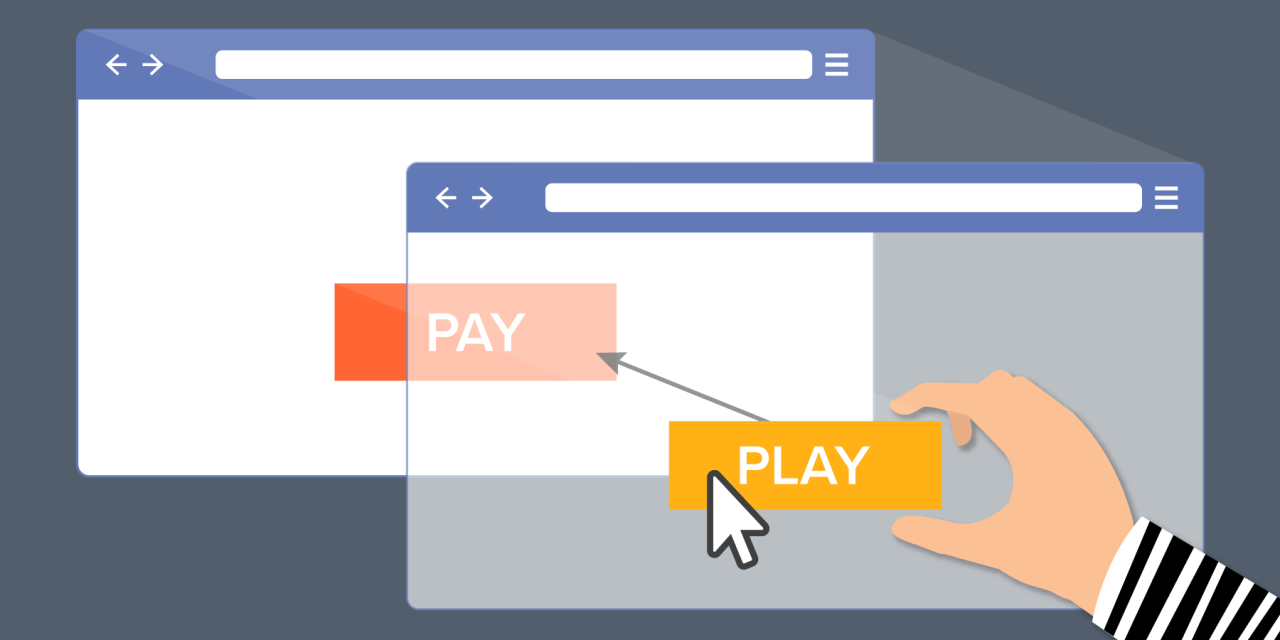Users are tricked into believing they are clicking on one item when they are actually clicking on another by an attack known as clickjacking. User interface (UI) redressing, which is another term, more accurately captures the situation. Users believe they are interacting with a web page’s standard user interface (UI), but in reality, a hidden UI is in charge; in other words, the UI has been altered. The concealed UI does a separate operation when users click something they believe to be secure.
For further information contact PK Halder.
Brief about Clickjacking
The attack is made feasible via HTML frames, which allow online pages to be shown inside of other web pages. An attacker can conceal the original web page with a hidden, transparent layer that contains their own JavaScript and UI components if a web page permits itself to be shown within a frame. The attacker then deceives people into accessing the malicious page, which has been designed to seem just like a legitimate website. There is no evidence that the original website had a secret UI layer added on top of it. Consumers may click a link or a button expecting the original website to take a specific action, but the attacker’s script is launched instead. Yet, the attacker’s script can also carry out the anticipated action to give the impression that nothing has changed.
The attack’s main objective is not clickjacking; rather, it uses this technique to trick victims into thinking they are engaging in a safe activity in order to initiate another attack. Virtually everything that may be done through web pages might be the real assault. This includes both harmful activities like installing malware or stealing credentials as well as less harmful ones like improving click statistics on unrelated websites, increasing ad income on websites, garnering Facebook likes, or raising YouTube video views.
Are clickjacking protections available?

There are no foolproof clickjacking protections. Nonetheless, there are steps you may do to lower your risk. On the client side, turning off JavaScript is effective, but because so many websites rely on it, doing so makes many of them inaccessible. Several commercial products offer protection while attempting to not interfere with the actual use of iframes. This may be effective for distributing the items to staff PCs within a business, but it offers no protection to users of the company’s websites.
How do X-Frame-Options work?
Using the X-Frame-Options HTTP header is an additional choice. By using the DENY value or the SAMEORIGIN or ALLOW-FROM values, it enables an application to indicate whether using frames is outright forbidden or permitted. Some browsers might not support this header option, although most mainstream current browsers do.
Choices for the X-Frame:
- DENY X-Frame-Options
- SAMEORIGIN X-Frame Options
- ALLOW-FROM https://example.com/ X-Frame-Options
What do you mean by the Content Security Policy (CSP)?
Using Content Security Policy (CSP) and its frame-ancestors directive is the final and most recent solution for clickjacking mitigation. Similar to X-Frame-Options, this directive enables the application developer to either forbid all frame usage or specify the circumstances in which it is permitted. Certain browsers do not support CSP, and add-ons and plugins may be able to get around the restriction. Browsers are expected to favor CSP’s directives when the X-Frame-Options header and frame-ancestors are both present, but not all will.

Potential CSP frame-ancestor settings are:
- Frame-ancestors: ‘none’ under Content Security Policy
- Frame-ancestors:’self’ Content Security Policy
- Content Security Policy: example.com/frame-ancestors
Defense-in-depth is a solid strategy, and deploying all three defenses on your websites is acceptable given that none of these measures is flawless.
Pritish Kumar Halder about Clickjacking
Pritish Kumar Halder also known as Pritish K Halder has great command over technological knowledge. He knows the information technology updates to a great extent due to his expertise in the same field for twenty-two long hours.










